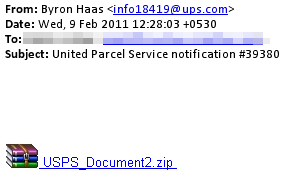In the second of a two-part series with Threat Research Analyst Grayson Milbourne, we answer a question about how to stay safe when shopping online. In the previous video, Grayson discussed how to identify a phishing page. In this episode, he continues his discussion by explaining how to tell whether the site you’re trying to purchase something from is operating safely and whether the site is able to protect your personal information when you click the “buy” button.
[vimeo 23488027]
As always, feel free to submit your security question to @webroot, or by email to blog (at) webroot (dot) com, or in the comments below and we’ll get one of our threat researchers to answer it on an upcoming Thre@t Reply video. To see any of our other video replies to reader questions, visit the Webroot channels on YouTube or Vimeo.





























































